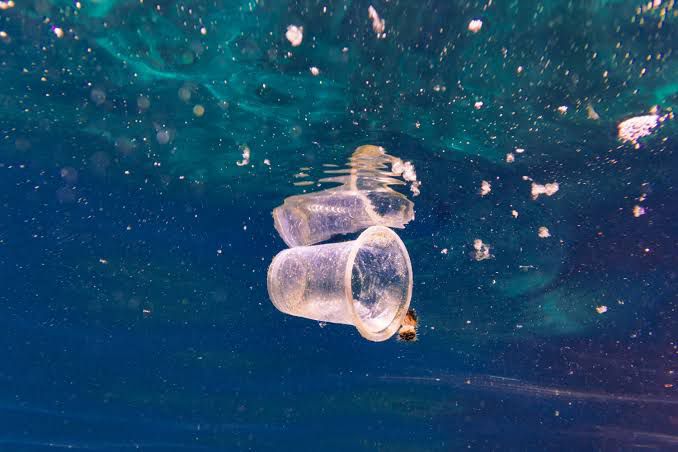
Recently a new research was published by a group of scientist regarding microplastic found in human heart, yes that’s true Researchers have found microplastics inside human heart tissues — though as the scientists note, that shouldn’t be all too surprising because we find microplastics everywhere, it is available in food, water, air, and even some parts of the human body, microplastics are absolutely everywhere. And, as it turns out, the human heart, one of the body’s innermost organs, isn’t spared.

One of the scientific studies shows that the annual human microplastic consumption ranges anywhere between 39,000 and 52,000 particles, depending on age and sex. We have established that there are discernable quantities of microplastics, their size ranging between 1mm and 5mm, that have made their way into our bloodstream, brain, semen, and food.
An international team of researchers conducted a pilot study by collecting heart tissue samples from 15 patients during heart surgery, as well as blood samples from half of these participants.
Plastic hearts

Using a laser direct infrared chemical imaging system and scanning electron microscopy for their investigation, the team found that microplastics existed in the tissues taken both prior to and post-surgery. The researchers also collected blood samples from half of the participants, both before and after the surgery. Nine types of microplastics were detected in blood samples, both pre-and postoperative. The maximum diameter of the microplastic was 184mm. In the blood samples, the type and diameter distribution of microplastics showed a change in size after the surgical procedure, suggesting that microplastics were introduced to the body during surgery as well.
On June 2023 study that was reported in U.S. News and World Report, humans are breathing in the equivalent of a credit card-sized amount of microplastics per week. And while the full impact on human health is still unknown, “effects may potentially be due to their physical properties (size, shape, and length), chemical properties (presence of additives and polymer type), concentration, or microbial biofilm growth,” the study noted.
Microplastics have been shown to damage human cells in laboratory tests, an extensive National Geographic report said.
The term microplastics is used to differentiate microplastics from larger plastic waste, such as plastic bottles or bigger pieces of plastics. Two classifications of microplastics are currently recognized. Primary microplastics include any plastic fragments or particles that are already 5.0 mm in size or less before entering the environment .



















